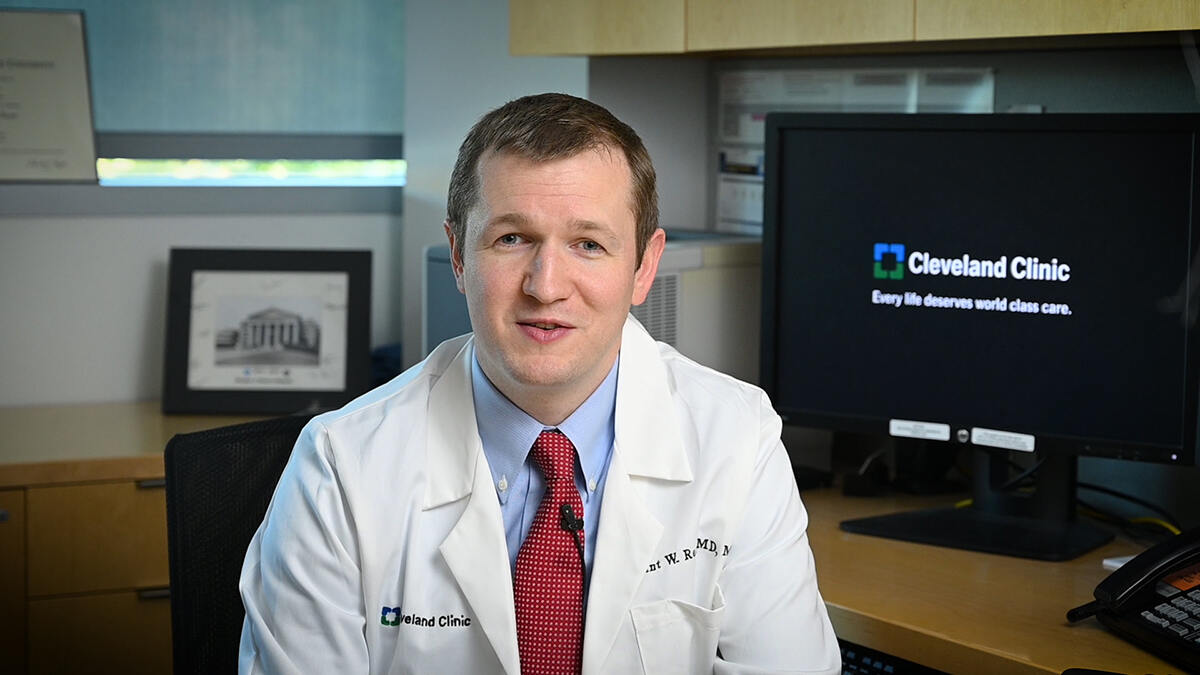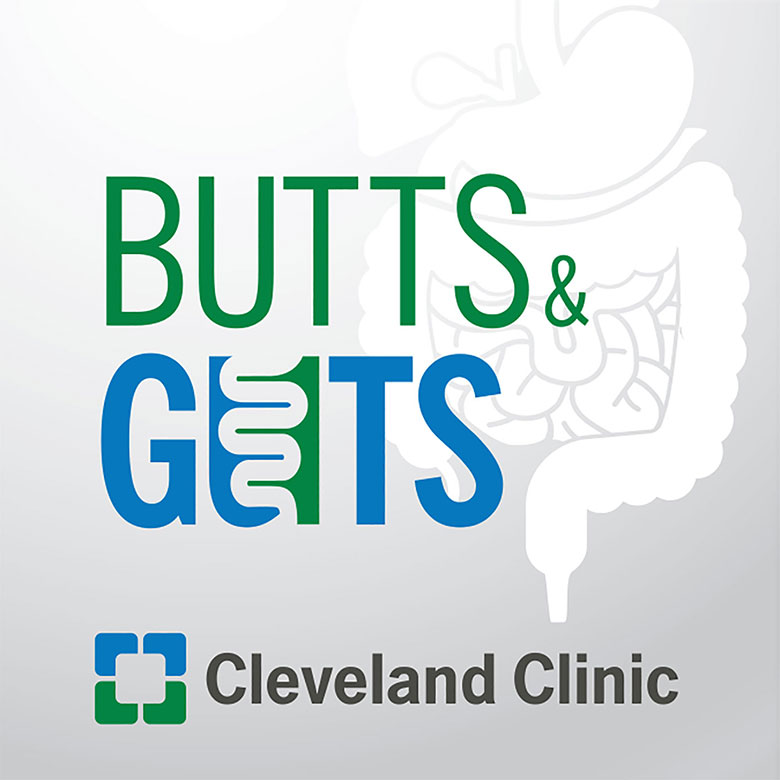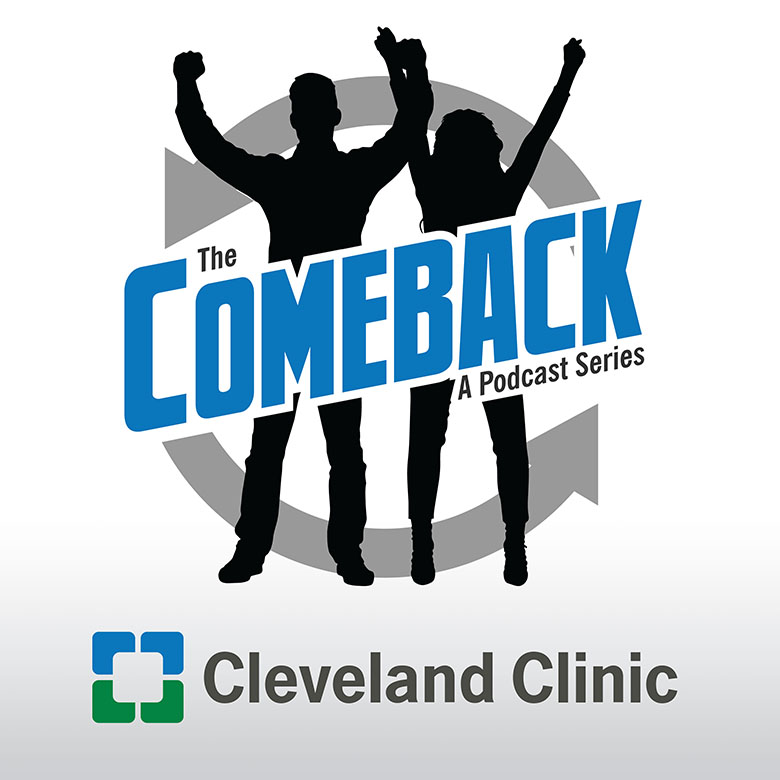How Do You Place Coronary Stents?

Dr. Grant Reed, Interventional Cardiologist, talk about how we place stents and what we do when there is calcium in the coronary artery to allow the stent to be deployed safely.
Learn more about the Center for Complex Coronary Interventions.
Subscribe: Apple Podcasts | Podcast Addict | Buzzsprout | Spotify
How Do You Place Coronary Stents?
Podcast Transcript
Announcer:
Welcome to Love Your Heart, brought to you by Cleveland Clinic's Sydell and Arnold Miller Family Heart, Vascular, and Thoracic Institute. These podcasts will help you learn more about your heart, thoracic and vascular systems, ways to stay healthy, and information about diseases and treatment options. Enjoy.
Grant Reed, MD:
I'm Grant Reed. I'm an interventional cardiologist in the Cleveland Clinic. And one of my specialties is coronary artery disease. A common question that we get asked is how do we deploy a stent? And what do we do for patients that either have lots of calcium in their blood vessels or have many stents in place that have restenosed? So in general, coronary angiograms are done and stents are placed by using a balloon to dilate the blood vessel, and then a stent, which is a placed, which is a metal scaffold that's then coated with a drug, which then prevents the artery from narrowing down again.
Grant Reed, MD:
In patients that have a high burden of calcium, we need to clear that out. And when balloons aren't enough, we use different techniques, one of which is called atherectomy. And what this is, is modifying the vessel in a way to allow the stent to be deployed safely. There are different types of this. One is called rotational atherectomy, which is drilling the calcium out of the blood vessel. Then we use balloons to expand it and then a stent to be placed after that. There are other variants of this. There's orbital atherectomy, and in some patients we use lithotripsy, which is delivering of energy waves to actually expand the vessel that way.
Grant Reed, MD:
In patients that have fibrotic vessels, or maybe already have stents placed, we use different techniques. One of which is laser atherectomy, which is delivering heat energy to the blood vessel wall to soften it, and then allow the stent to be expanded or to be deployed safely. And then finally, there are some trials ongoing in the United States using balloons, which have drug coated on them. These drug-coated balloons are thought to help prevent restenosis and patients that maybe don't have another option or would be done in lieu of another layer of stent.
Grant Reed, MD:
And then we have patients that sometimes ask about brachytherapy. Brachytherapy is the delivery of radiation therapy through a small catheter, which we position inside the vessel. And this radiation helps prevent the artery from restenosing by effecting the cells. Brachytherapy is safe, and it's actually very effective for patients that don't have another option for another layer of stent. So between the different techniques that we have with stent placement, atherectomy, brachytherapy and trials of drug coated balloons, we're very well-equipped to handle any type of coronary artery disease. And that's in patients that are healthy and also patients who are very sick.
Grant Reed, MD:
We're very skilled at handling complex coronary artery disease when mechanical circulatory support devices are needed, and we can support the sickest hearts through the sickest procedures. So we encourage you to reach out to us if we can be of assistance, and we look forward to taking care of you.
Announcer:
Thank you for listening. We hope you enjoyed the podcast. We welcome your comments and feedback. Please contact us at heart@ccf.org. Like what you heard? Subscribe wherever you get your podcasts, or listen at clevelandclinic.org/loveyourheartpodcast.

Love Your Heart
A Cleveland Clinic podcast to help you learn more about heart and vascular disease and conditions affecting your chest. We explore prevention, diagnostic tests, medical and surgical treatments, new innovations and more.


